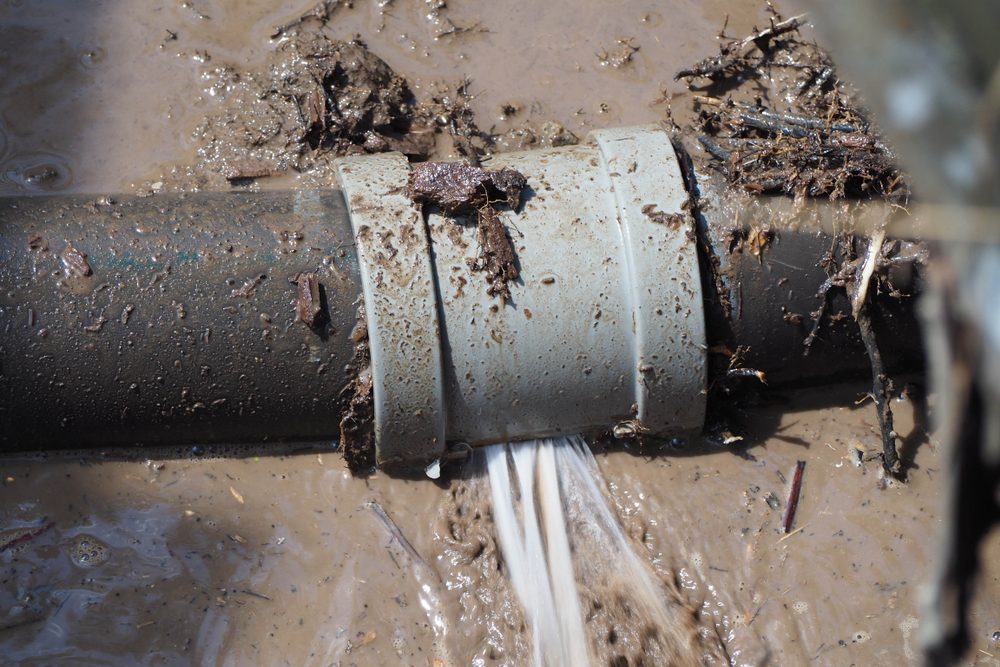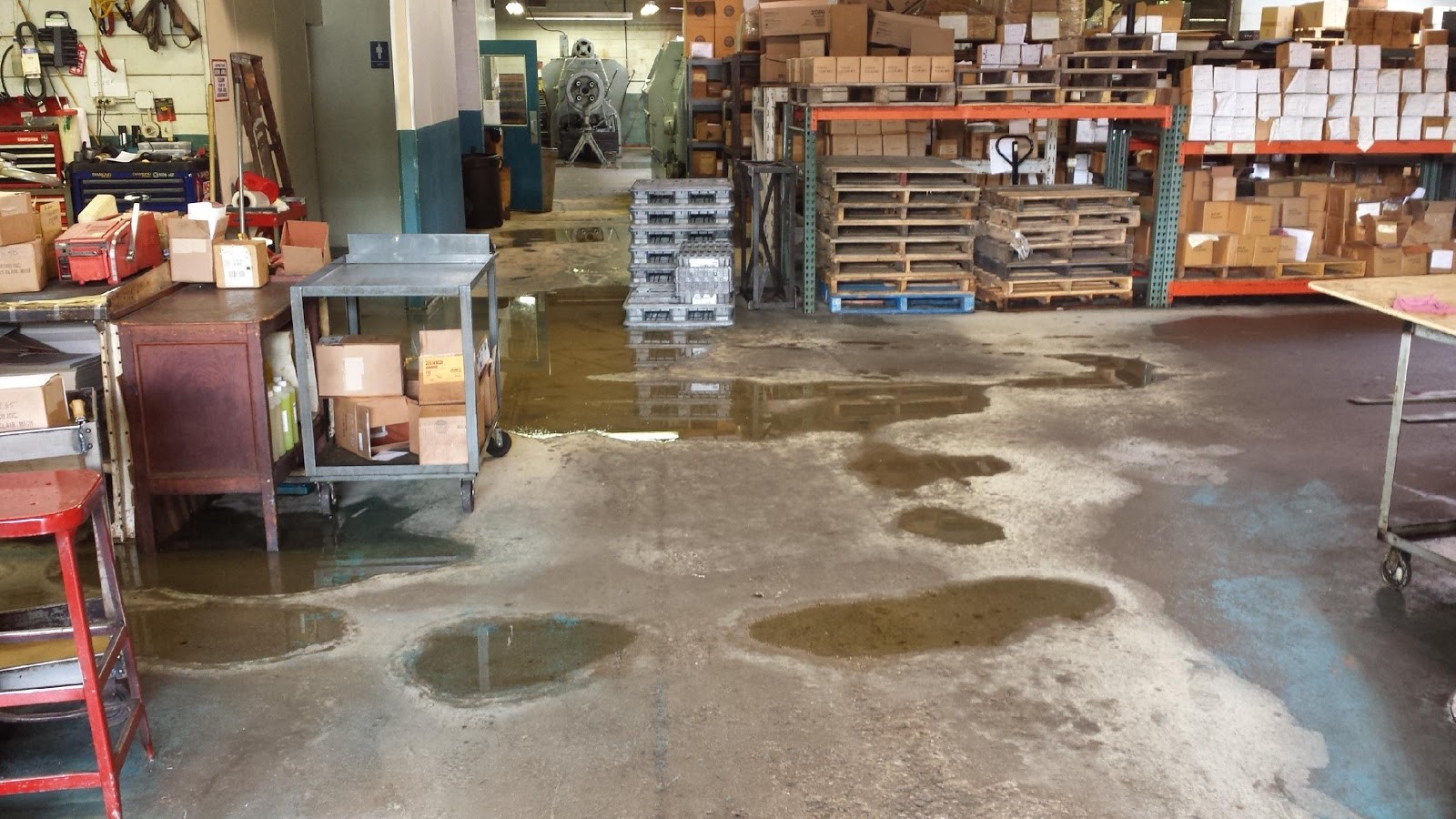This article below about The Do’s And Don’ts When Water Floods Your Home is without a doubt intriguing. Have a go and draw your own personal ideas.

What should you do if a water pipeline bursts in your house? The longer you wait, the more extreme the damage that can happen to your property. For these factors, you require to discover how to act in the occasion of a burst water pipeline.
Turn off the Key Waterline Valve
The first thing to do? Close the shut-off shutoff. Look for the neighborhood shut-off valve to switch off the water in one particular location only. If you do not understand where the local shut-off valve is, go with the primary water line shutoff as well as transform it off. This action will remove the water quickly in your whole home. Generally, the primary shutoff is found outside the house alongside the water meter. If it's not there, you can also discover it in 2 places: in the basement at eye degree or the 1st floor on the ground. Normally, builders put the shut-off shutoff generally ground level shower room or appropriate next to it.
Call Water Damages Reconstruction Pros for Aid
After shutting the water source, call the experts for aid. Since the pipelines required to be dealt with and also there is a need to address the other damages to your home, this circumstance is not something you can do some DIY. Look for aid from a trustworthy firm supplying 24/7 emergency services if you can not cope. With their expert aid, you can prevent a lot bigger water damages consisting of distorted walls, loose ceramic tiles, or damaged structures. Don't take this problem lightly and look for specialist advice for your full satisfaction and also a qualified remedy.
File the Damage For Insurance
While you're awaiting the pros to get here, obtain some paperwork of the damage brought on by the wayward pipe. Take pictures and also videos of everything. Do close-up shots of the damaged spots and also prized possessions. Your documentation will act as proof for your house owner's insurance coverage. Keeping proactive with this scenario aids you to sue for coverage, which will better sustain you as well as your family to get back on your feet.
Restore Things That Can Be Conserved
When you're done taking pictures, check out the harmed items and also secure the most important ones from the pile. Dry them off in a dry/warm location away from the broken location as well as attempt to protect them as high as you can. Drag as much wetness as you can to the product so it can begin to dry.
Begin the Drying Process
Luckily, the water from your waterlines is currently clean so you do not have to stress about drain water. The moving water may have disrupted the dirt and debris in your floorboards as well as carpets. Blot out as much water as you can from the surfaces with old towels.
Experts are the only people qualified to evaluate correctly and repair the burs pipes and subsequent damage. As always, pipelines do not simply unexpectedly burst out of the blue. They normally offer silent red flags like gurgling paint, water discolorations. Weird noises in the plumbing, caving ceiling, moldy smell, or peeling off wallpaper. Take note of these signs as well as do some safety nets so you can nip any kind of concerns in the bud.
What should you do if a water pipeline bursts in your house? For these factors, you require to discover how to act in the occasion of a ruptured water pipe. After shutting the water resource, call the experts for assistance. With their expert aid, you can stop much larger water damages including warped walls, loosened tiles, or harmed frameworks. Fortunately, the water from your waterlines is already tidy so you don't have to worry concerning drain water.
How to Handle a Burst Pipe and Minimize Damage
Steps to Take Ahead of Time
If you own property in an area that experiences cold weather, you need to be aware of seasonal maintenance tasks that will help you protect your property as the weather changes each year. One of the most important steps is to winterize your pipes to ensure they won't freeze or burst when the temperature drops. This includes action items like insulating any exposed pipes, detaching garden hoses and covering outdoor faucets. If the weather gets cold enough, you may even consider leaving a faucet dripping or opening cabinet doors during the coldest parts of the day.
No matter how prepared you might be, accidents and emergencies still happen. You'd be wise to set up a savings account specifically for your property so you have a "rainy day" fund set aside for unexpected expenses. All homes—regardless of age, location or condition—will inevitably need some form of emergency repair.
Steps to Take for Frozen Pipes
A frozen pipe will not necessarily burst, so if you can catch a frozen pipe early on, you could save yourself a major headache. When your area experiences frigid temperatures, be sure to check your plumbing and keep an eye out for warning signs like faucets only releasing small amounts of water or toilets not refilling when flushed. If you do run into one of these issues, you're likely dealing with a frozen pipe.
If this happens, your first step should be to cut off the water supply to that section of the plumbing. Expanding and freezing water can quickly cause damage. Even if the water supply is shut off, you will likely still deal with some leaking from the water that defrosts after the pipe has thawed. Be prepared with a mop, bucket and/or towels to quickly soak up any excess water.
In order to thaw a frozen pipe, you can use a space heater, infrared or incandescent heat lamp, or even a hairdryer to warm up the frozen area. Heat tape is also an option and should be used according to manufacturer instructions. Do not use any sort of open flame to thaw frozen pipes, as it poses a major fire hazard and can damage your pipes further.
Steps to Take for a Burst Pipe
Water damage claims are the second most common insurance claim in the U.S. When you're dealing with a frozen pipe, the water continues to expand as it freezes, which creates pressure that can cause a pipe to burst. When this happens, the crack or leak in the pipe allows water flow from the pipe to enter your home where it shouldn't. If a pipe does burst, you need to act quickly to mitigate property damage and repair cost.
Your very first step should be to shut off your main water supply to minimize flooding—typically the most expensive damage to address. Once you've shut off the water supply, make sure you identify the entire area that has been impacted by the leak. Remove as much water as possible—as quickly as possible—using a mop, sponges, towels or a shop vacuum or wet/dry vacuum. To prevent long-term damage due to moisture build-up, run a dehumidifier or fan in the affected area. Contact a licensed plumber to ensure the pipe is correctly repaired before running any water to that section of the home again. Burst pipes and the associated water damage are something you absolutely want to avoid as a property owner. If you've had to learn your lesson the hard way, don't let yourself get caught in a similar situation during the next spell of cold weather. The best way to deal with frozen or burst pipes is to prevent them in the first place—proactive winter maintenance will save you time, money and a whole lot of stress.

I found that blog entry on Do’s And Don’ts For Homeowners Managing With Water Damage while doing research the web. Sharing is nice. You won't know, you may very well be doing someone a favor. I treasure reading our article about Do’s And Don’ts For Homeowners Managing With Water Damage.